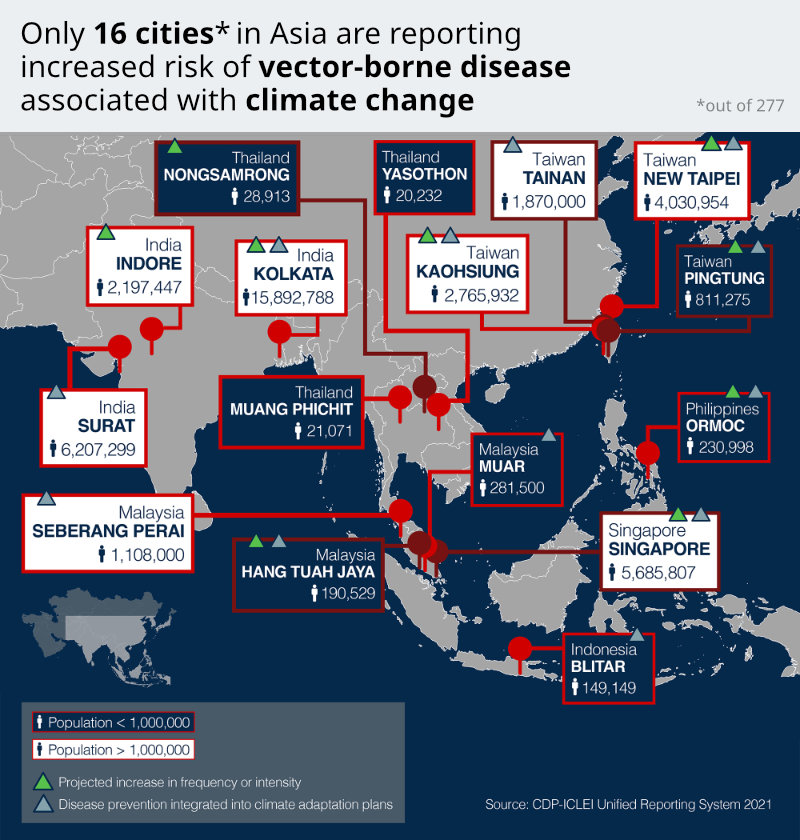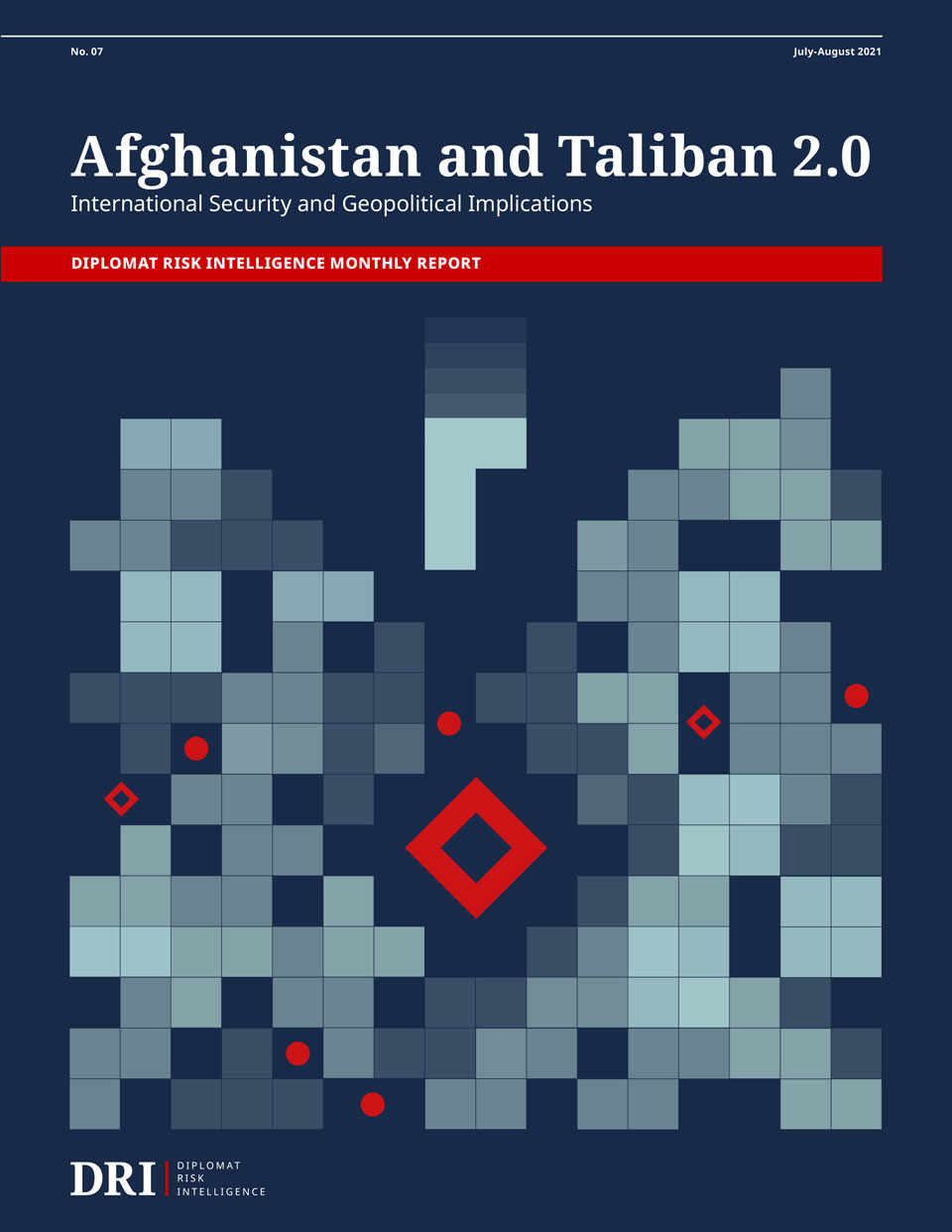| Welcome to the latest issue of Diplomat Brief. This week our top story parses the details of China’s two newly revealed stealth fighters – plus a third mystery airframe. We also have an interview with Dr. Asel Doolotkeldieva, a senior lecturer at the OSCE Academy in Bishkek, about Kyrgyzstan’s upcoming parliamentary elections. |
| Story of the week |  | SECURITY Reviewing China’s New Stealth FightersWhat Happened: In the last week of October, there were three major revelations in the PLA-watching community, all centering on Chinese combat aircraft. First, images emerged of the long-expected twin seat variant of China’s J-20 fighter. Second, images of China’s new carrier-borne fifth-generation aircraft, known unofficially as the J-XY or J-35, appeared online. Third, and most mysteriously, satellite images captured an intriguing new tailless airframe at Chengdu Aircraft Corporation. Our Focus: “Both the J-20S and the J-XY can be considered as ‘confirmed’ projects, with definitive photographic evidence at hand and with both having made their maiden flights,” PLA analyst Rick Joe writes for The Diplomat. “The J-20S holds distinction as the first ever twin seat fifth-generation fighter, while J-XY is the second fifth-generation fighter designed for arrested landing carrier operations.” The tailless airframe seen at CAC is more mysterious, but likely represents an experiment with cutting-edge tech: “Both sixth-generation aircraft and emerging future UCAV designs are likely to apply tailless, flying wing-delta planforms to some degree.” What Comes Next: Specific details about the J-XY and J-20S are still unclear, but both aircraft are well along in the development process. They could enter service as early as 2025, giving China two new key military capabilities. As Joe pointed out, “After a relatively quiet past five or six years, without any new Chinese combat aircraft types emerging in that time period, 2021 may prove to be the opening set of a new cycle of various combat aircraft projects reaching fruition.” Read this story |
| Behind the News | INTERVIEW Asel DoolotkeldievaDr. Asel Doolotkeldieva, a senior lecturer at the OSCE Academy in Bishkek, on the mood in Kyrgyzstan ahead of elections: “One reason why the electoral campaign has been passive this time is because people are busy with coping strategies that would help them to make through the winter and energy crisis... Everyone expects that things will get worse after the election when the government will no longer hold back prices and electricity cuts.” Read the interview |
| This Week in Asia | Northeast Asia FOCAC 2021 Sets the Tone for China-Africa RelationsFrom November 29 to 30, the eighth Forum on China-Africa Cooperation will convene in Dakar, Senegal. Notably, it will be a ministerial-level meeting, rather than the leaders’ summits that characterized the 2015 and 2018 editions of FOCAC; COVID-19 apparently scuttled the possibility of an in-person summit. Can FOCAC 2021 overcome that disappointment by setting ambitious new goals for the China-Africa relationship – particularly on Chinese investment? Find out more | South Asia Are India’s Farmer Protests Finally at an End?On November 19, India’s Prime Minister Narendra Modi made the surprise announcement that his government would withdraw three controversial agricultural laws, which had sparked over a year of protests by Indian farmers. Modi’s move lead to jubilation from the protesting farmers, but also some skepticism. Many believe there are more demands that must be met – starting with the actual revocation of the laws – before they are willing to end their agitation. Find out more | Southeast Asia China, Philippines Clash (Again) in South China SeaLast week, Chinese coast guard vessels used water cannons to prevent two Philippine boats from resupplying troops stationed on a disputed reef in the South China Sea. This week, Manila announced that the boats had successfully completed their mission on a second attempt. This episode recalled March 2014, when China had blocked such resupply attempts for weeks. This year, however, the U.S. warned that an attack on the resupply mission would invoke its Mutual Defense Treaty with the Philippines. Find out more | Central Asia Yes, Another Election in KyrgyzstanIt’s been more than a year since Kyrgyzstan last tried to elect a parliament; much has changed since. Ahead of the November 28 vote, the results aren’t predictable, though many expect the pared down parliament to feature plenty of presidential allies. Find out more |
| Visualizing APAC |  | Climate change poses many threats to Asian cities, including the increased spread of mosquito-borne diseases like dengue fever and malaria. See the full picture |
| Word of the Week | POLITICS ชังชาติChung chart: Thai for “nation-hater,” the term is used to denigrate Thais taking part in the protest movement for reform of the monarchy. Find out more |
|  |





